
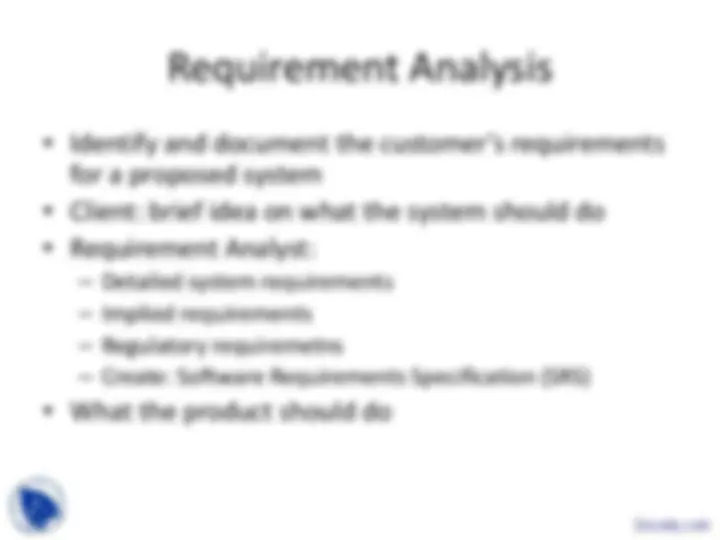
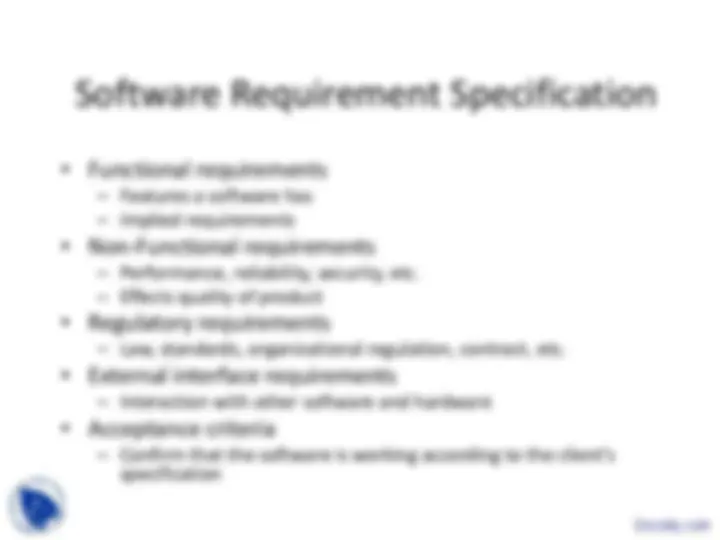
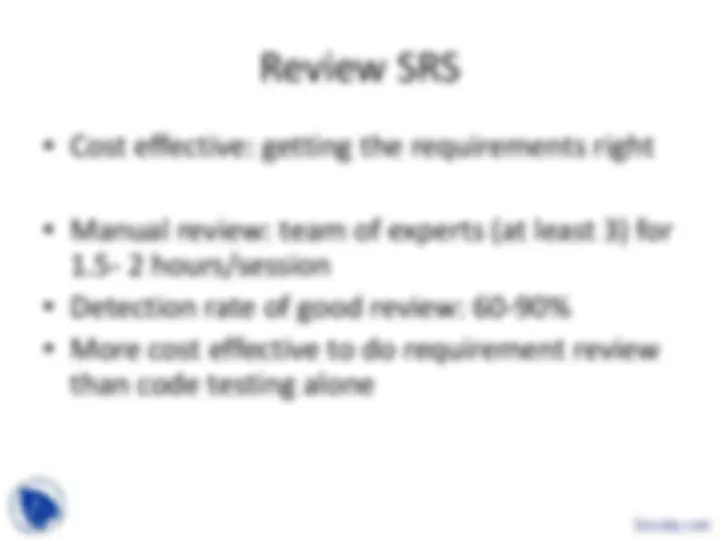
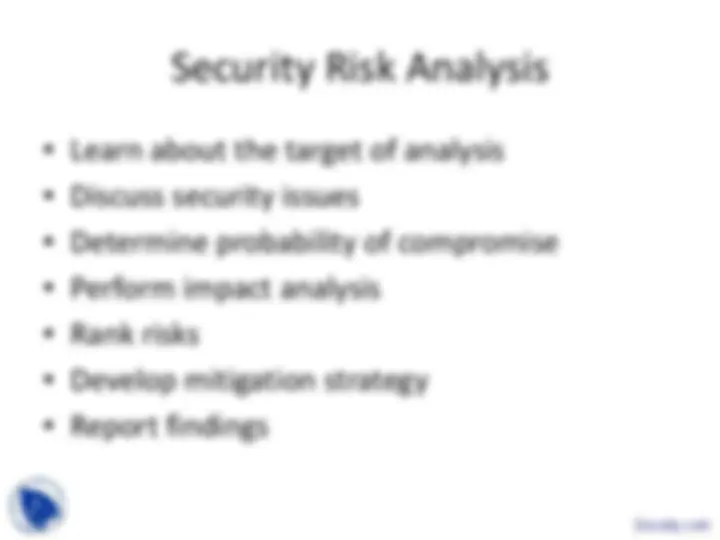
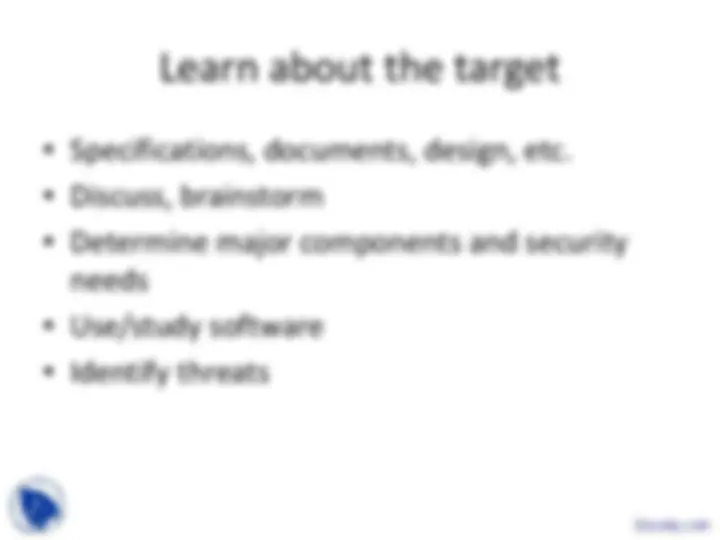
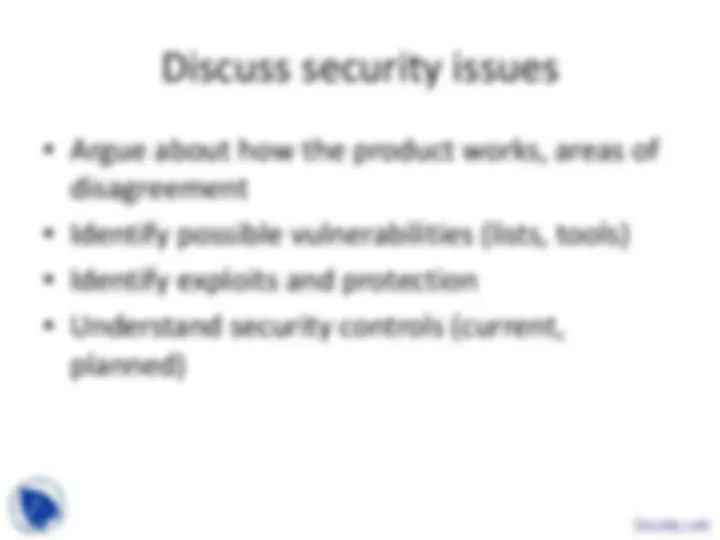
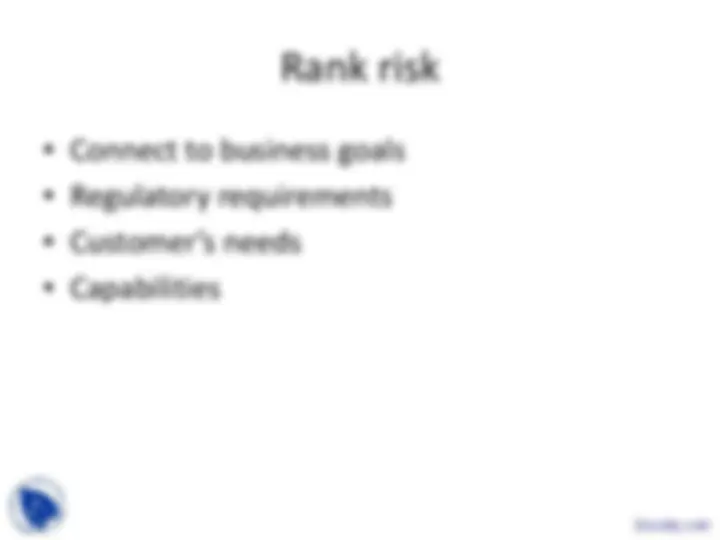
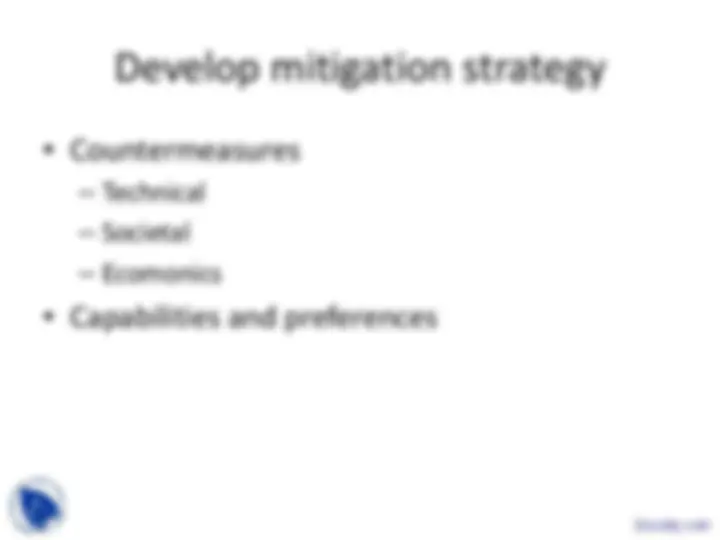
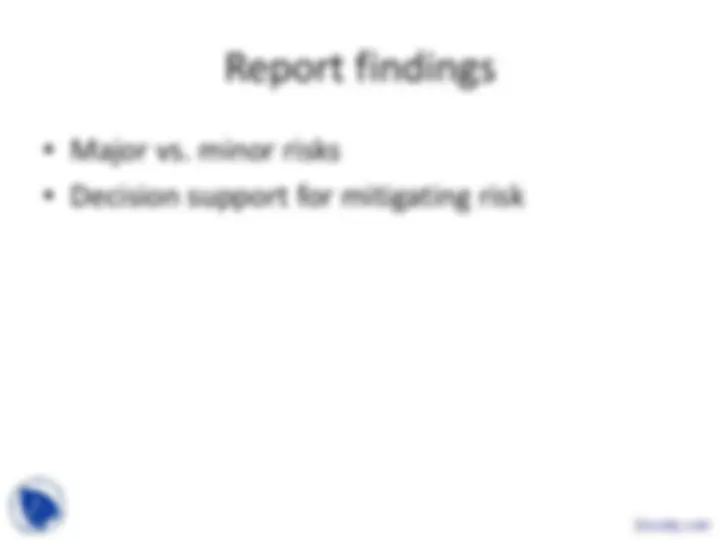
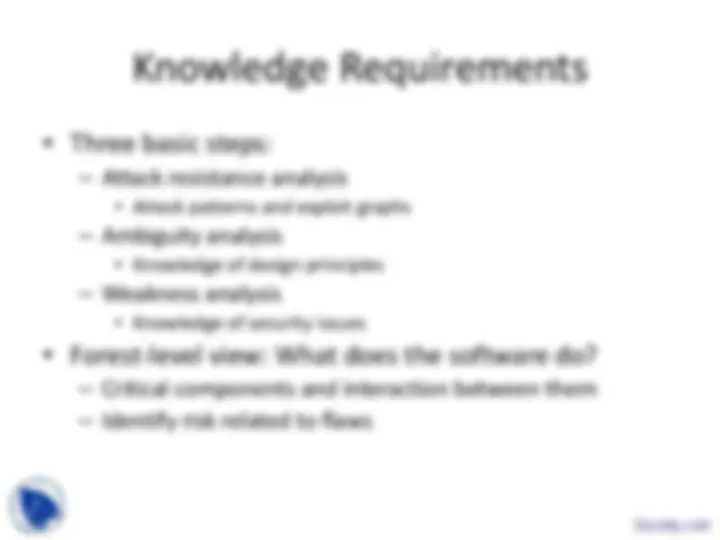
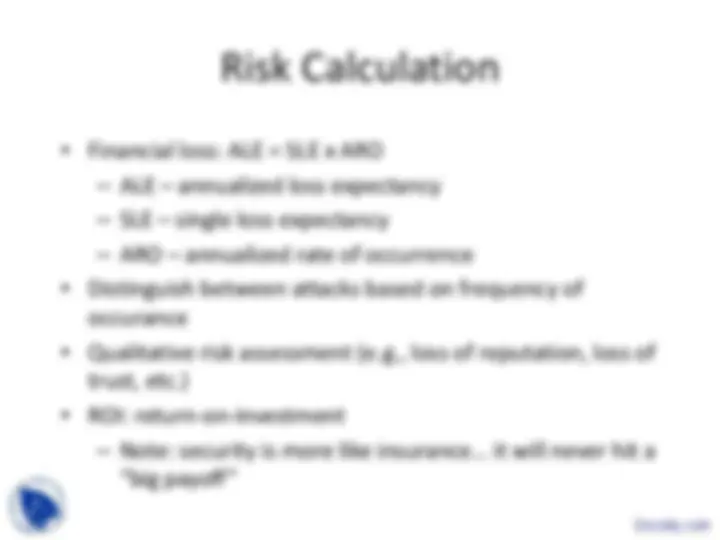
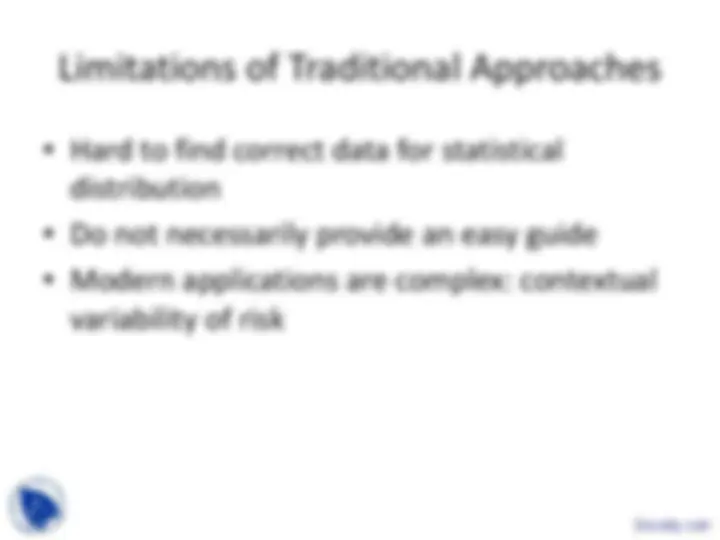
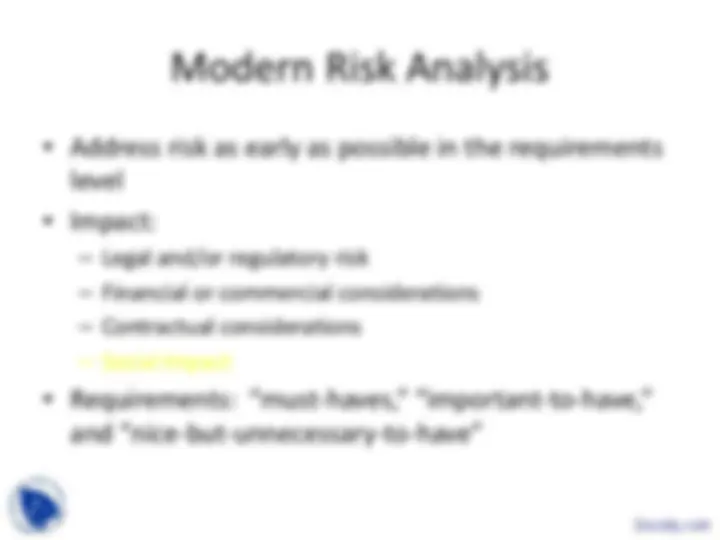
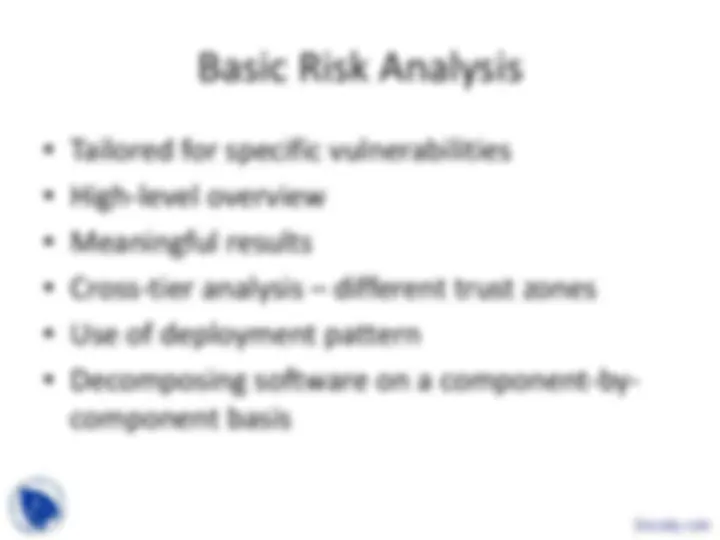
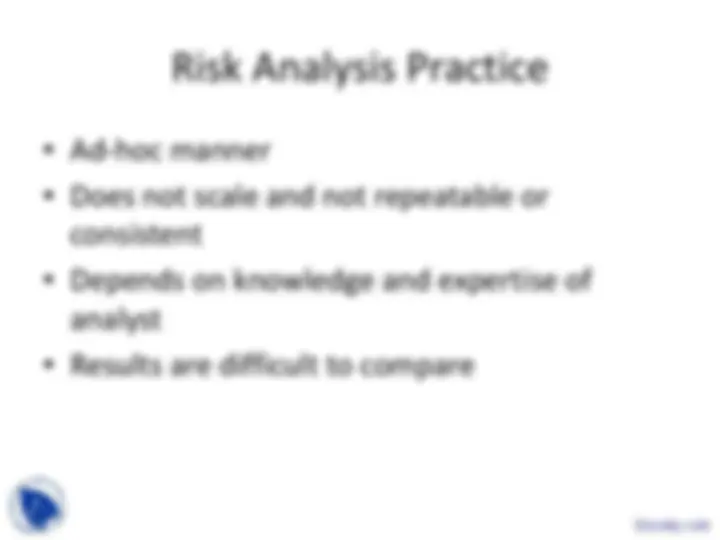
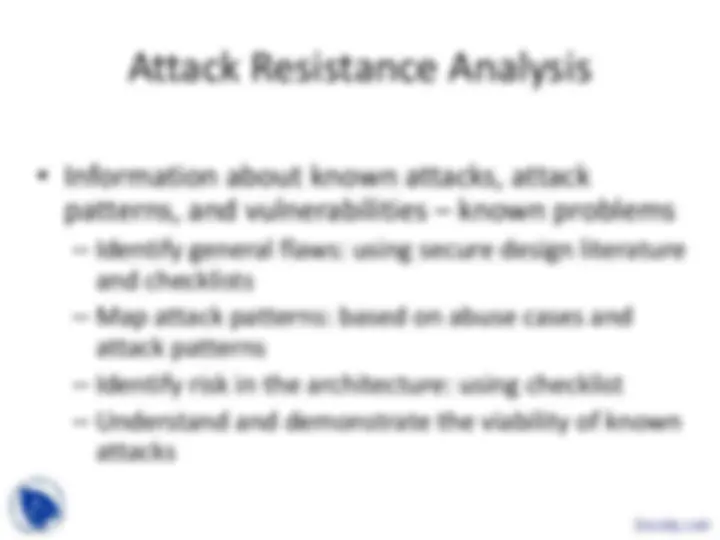
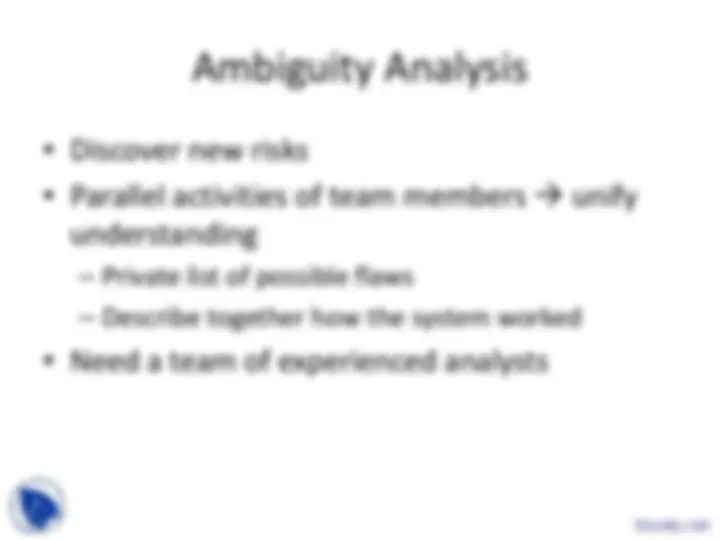
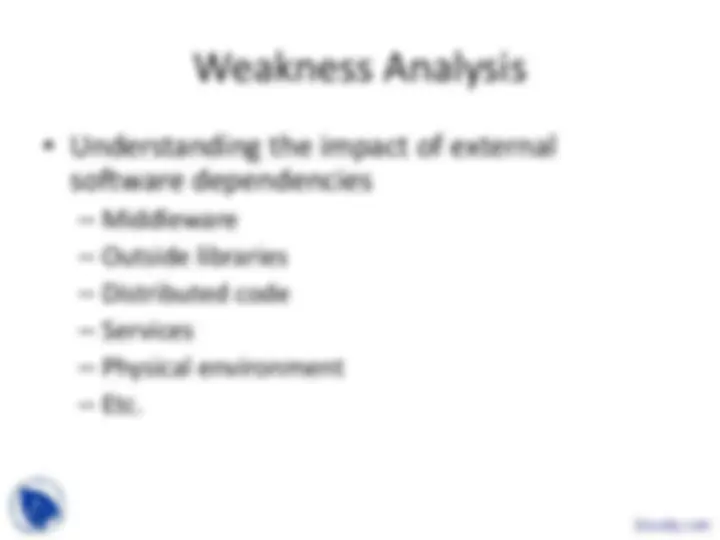

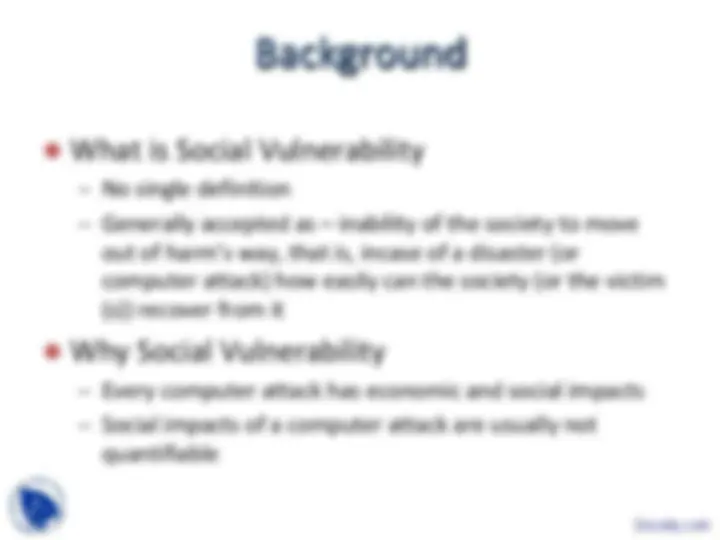
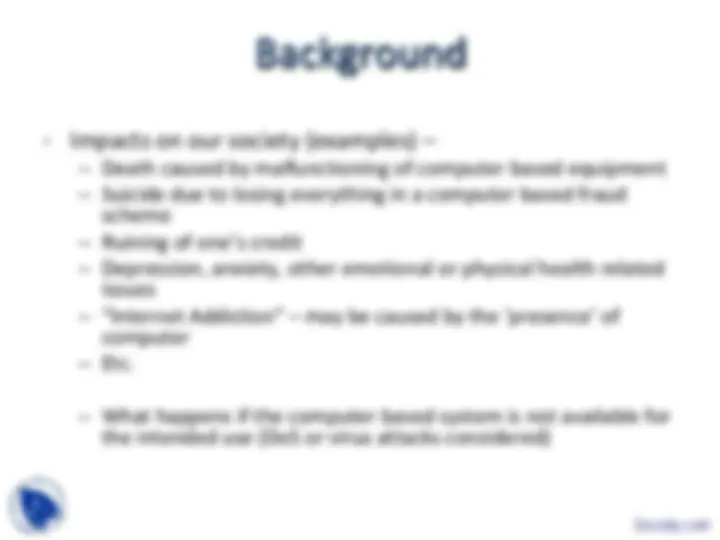
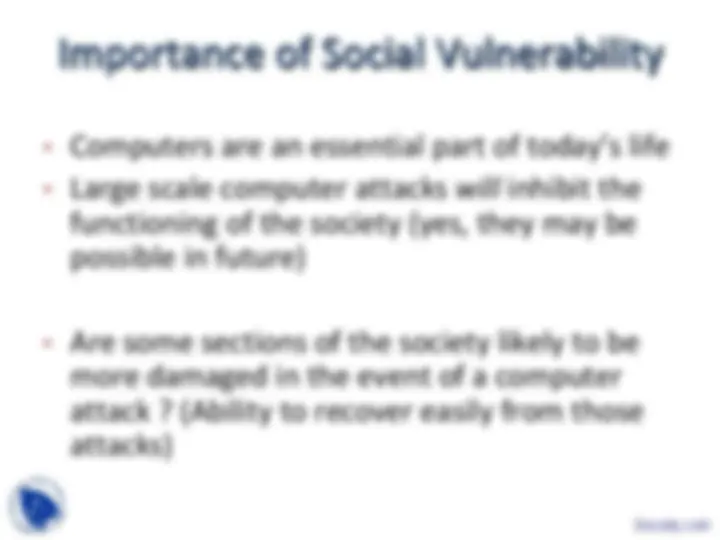
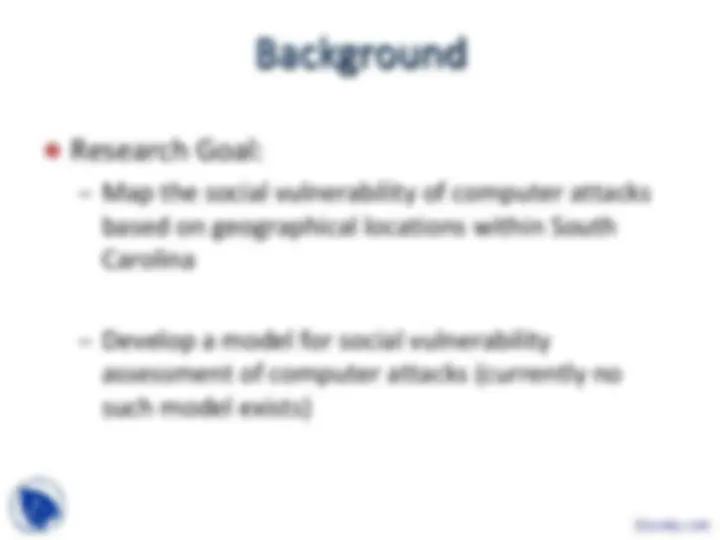
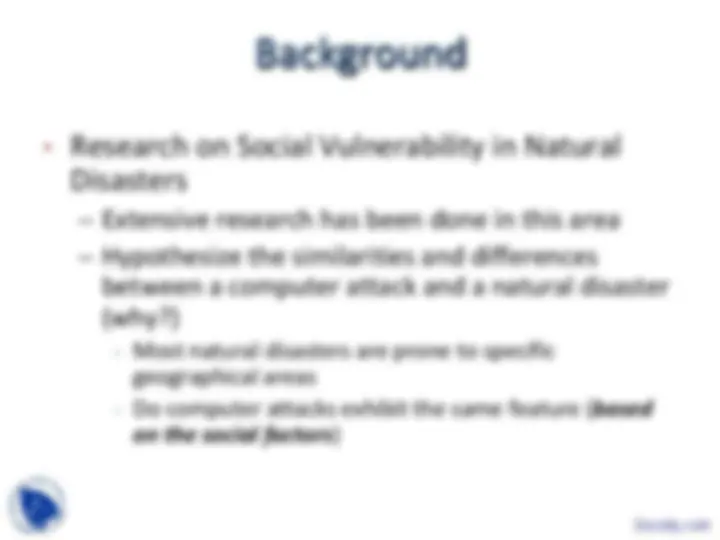
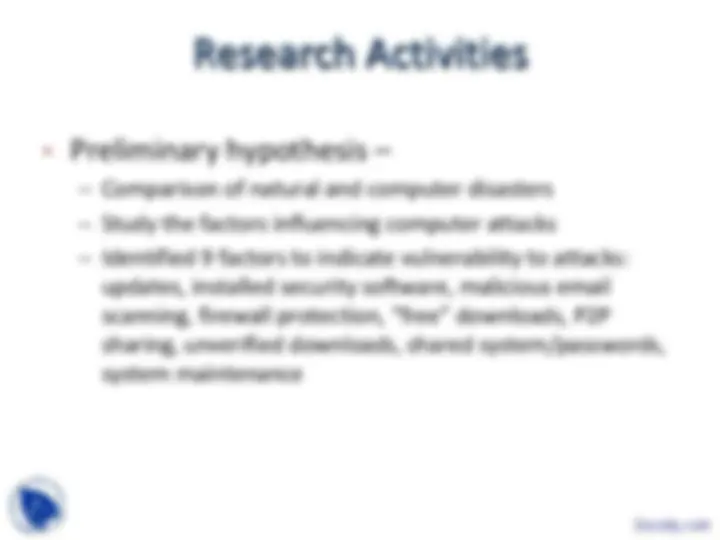
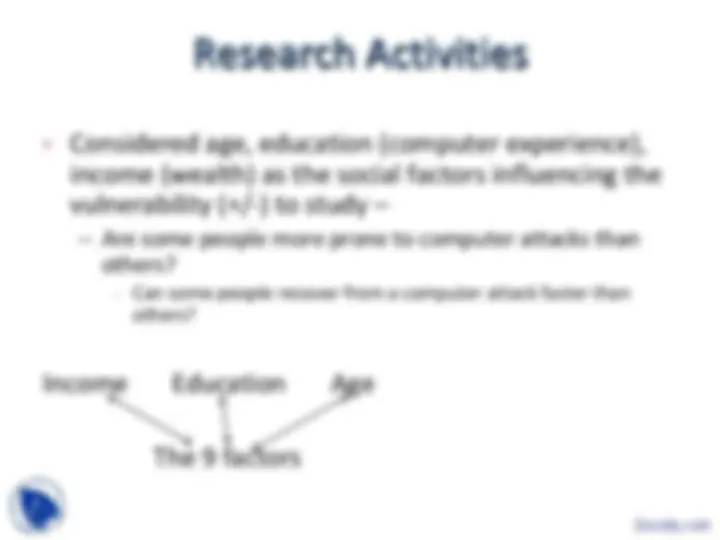
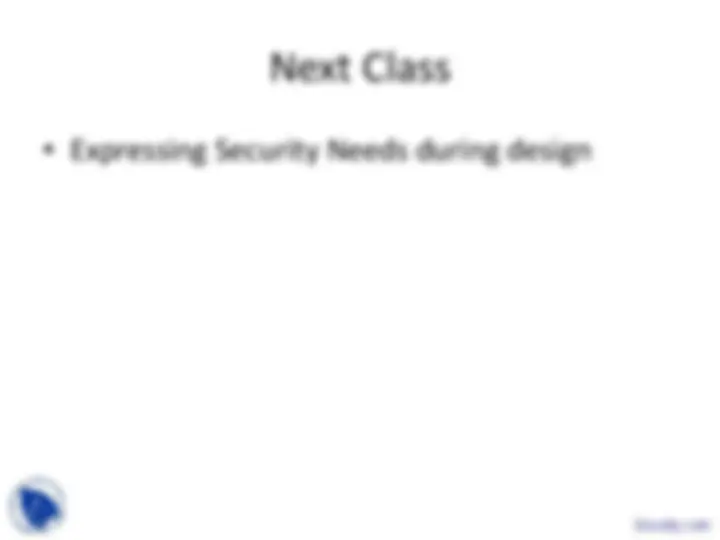


Study with the several resources on Docsity

Earn points by helping other students or get them with a premium plan


Prepare for your exams
Study with the several resources on Docsity

Earn points to download
Earn points by helping other students or get them with a premium plan
Community
Ask the community for help and clear up your study doubts
Discover the best universities in your country according to Docsity users
Free resources
Download our free guides on studying techniques, anxiety management strategies, and thesis advice from Docsity tutors
Some concept of Building Secure Software are Anti-Phishing Software, Architectural Risk Analysis, Awareness And Training, Buffer Overflows , Wikipedia, Building Secure Software, Command Injection, Independence In Multiversion Programming. Main points of this lecture are: Architectural Risk Analysis , Security Requirements, Abuse Cases, Code Review, Penetration Testing, Operations, Security, Test Plans, Architecture, Requirement
Typology: Slides
1 / 35

This page cannot be seen from the preview
Don't miss anything!




























Requirement andUse cases Architectureand Design Test Plans Code (^) Test ResultsTests and Feedback fromthe Field
5. Abuse cases 6. Security Requirements 2. Risk Analysis
External Review
4. Risk-Based Security Tests 1. Code Review (Tools) 2. Risk Analysis 3. Penetration Testing 7. Security Operations